These franchises rewrote the rules, redefined box office power, and reshaped pop culture forever.

Hollywood was never the same after these cinematic giants stomped, swung, or soared onto the screen. They didn’t just rake in billions—they created universes, launched careers, and influenced everything from merchandise to streaming strategy. Studios that once played it safe started chasing interconnected plots, post-credit scenes, and global fanbases. These weren’t just movies. They were blueprints for the future of entertainment.
What makes these ten franchises special isn’t just their success—it’s their staying power and ripple effect. They turned casual fans into superfans and film releases into global events. Along the way, they changed how studios budget, how stories get told, and how audiences engage with the screen. Whether they introduced groundbreaking technology or reshaped genres, these heavyweights left a permanent mark on the industry—and we’re still feeling the aftershocks today.
1. The Marvel Cinematic Universe became the gold standard for connected storytelling.
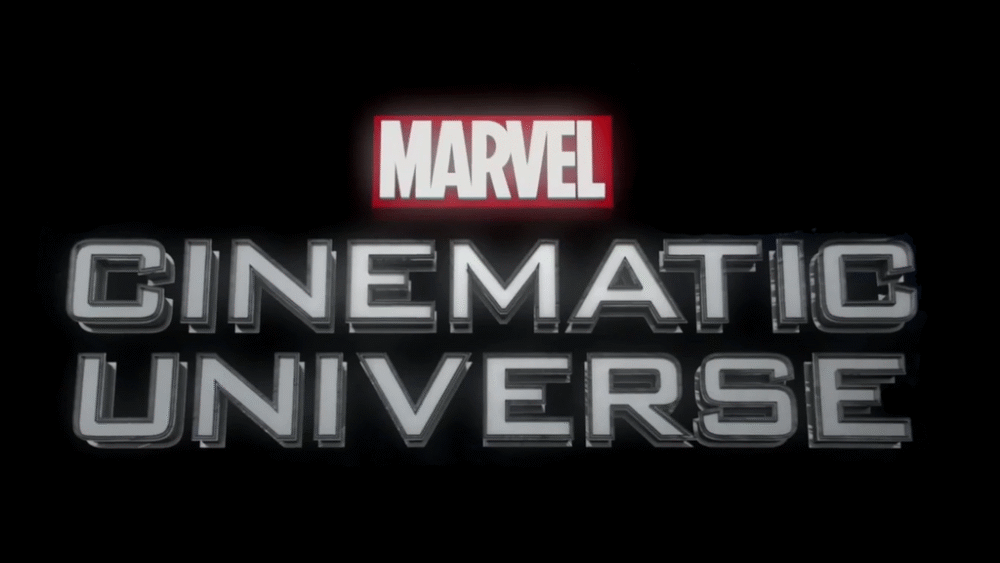
The MCU didn’t invent the superhero genre, but it perfected the art of weaving dozens of characters and plots into a seamless narrative that spanned more than a decade, according to Michael Schulman at The New Yorker. With 20+ films and counting, Marvel turned standalone blockbusters into chapters of a much larger saga. The interconnectedness was new and electrifying for fans who stuck around past the credits.
Marvel also shifted the industry’s focus to “phases” and long-term franchise planning. Other studios rushed to copy the formula, with mixed results. But what really set Marvel apart was the character development and emotional payoff. By the time Avengers: Endgame rolled around, audiences had been with these heroes for years. It wasn’t just action—it was investment. And it changed Hollywood’s approach to serialized storytelling forever.
2. The Lord of the Rings trilogy proved epic fantasy could be mainstream.
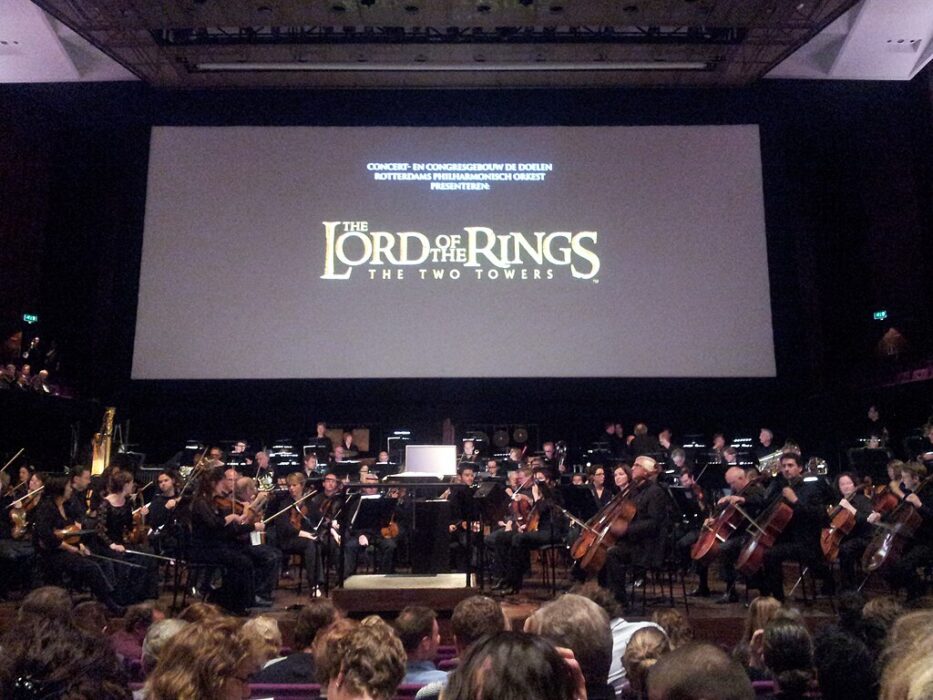
Before Peter Jackson brought Tolkien’s world to life, most studios saw high fantasy as too risky, too nerdy, or too complicated for mainstream success. Then The Fellowship of the Ring landed—and audiences were all in. The trilogy’s mix of sweeping landscapes, emotional storytelling, and practical effects created a new benchmark for fantasy films, as stated by Tim Gray at Variety.
What followed was an entire wave of genre adaptations, reboots, and fantasy projects that might’ve never seen the light of day otherwise. The films also raised the bar for visual effects and showed how deep lore could enhance rather than alienate audiences. The Lord of the Rings didn’t just succeed—it redefined what “prestige fantasy” could look like on the big screen.
3. Star Wars created the blueprint for merchandising and blockbuster culture.
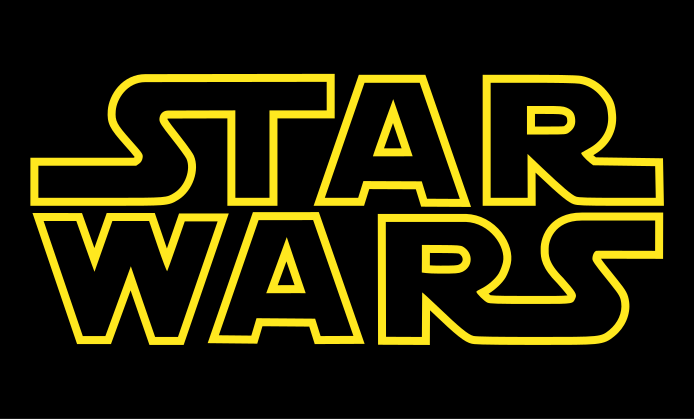
George Lucas didn’t just launch a film franchise in 1977—he built a cultural empire. Star Wars revolutionized how movies were marketed, merchandised, and consumed, as reported by Andrew Beattie at Investopedia. The toys, the tie-ins, the re-releases—it all began here. Studios suddenly realized that a successful movie wasn’t just about the box office anymore. It was about building a brand.
Beyond the business, Star Wars also inspired generations of filmmakers and fans. Its use of visual effects, sound design, and archetypal storytelling reshaped sci-fi and fantasy forever. Every lightsaber clash and “I am your father” moment left a mark. It’s hard to imagine Hollywood today without the galaxy far, far away lighting the way.
4. The Harry Potter films brought an entire generation into the theaters.
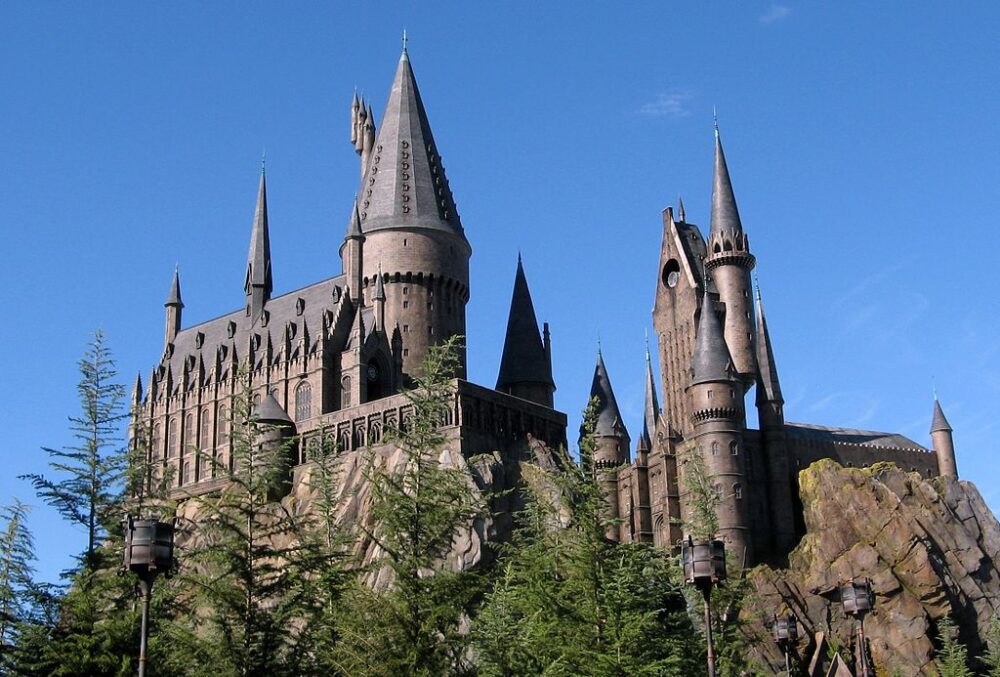
When Warner Bros. adapted J.K. Rowling’s books into eight films, it wasn’t just about movie-making—it was about cultural moment-making. Kids grew up alongside the actors, and the series became a shared experience for millions. Midnight premieres, house scarves, and wizarding world theme parks followed, turning fandom into lifestyle.
The franchise also showed studios the value of long-form adaptations. Splitting the final book into two movies started a trend, and the spin-off series Fantastic Beasts attempted to keep the magic alive. But even more lasting was how Harry Potter redefined young adult adaptations, paving the way for Twilight, Hunger Games, and countless others.
5. The Dark Knight trilogy showed comic book movies could be art.
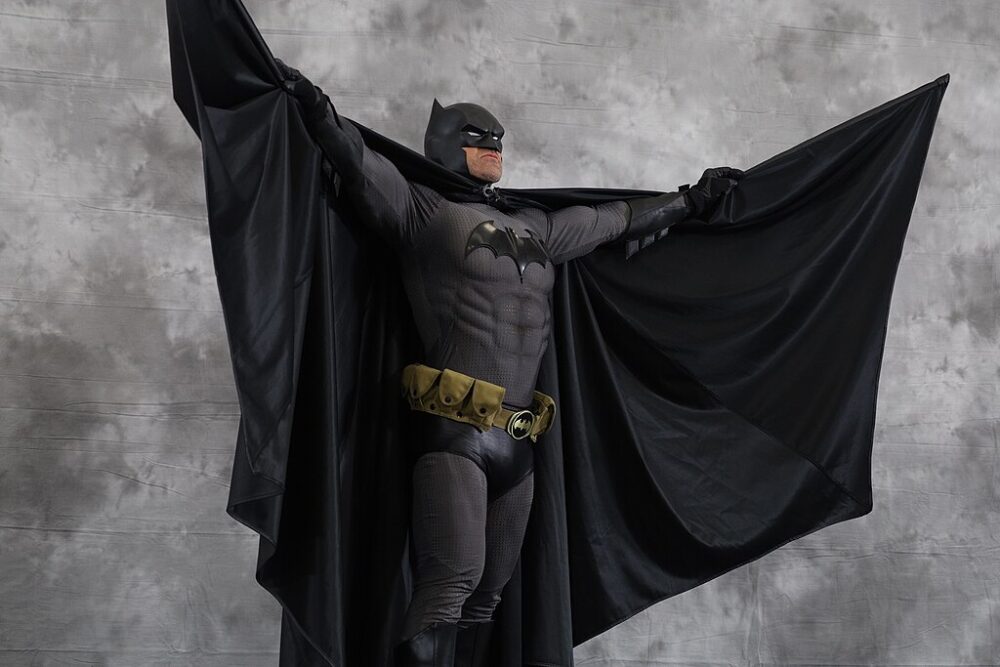
Christopher Nolan’s Batman films weren’t just superhero stories—they were cinematic statements. Gritty, grounded, and psychologically layered, The Dark Knight trilogy proved that comic book characters could live in a world with real moral complexity. Heath Ledger’s Joker wasn’t just a villain—he became a cultural icon.
These films helped shake off the idea that superhero stories had to be campy or simplistic. They earned critical acclaim, Oscar buzz, and mainstream respect. Studios took notice, and the genre began to attract top-tier talent and serious storytelling ambitions. Nolan didn’t just reboot Batman—he raised the bar for the entire industry.
6. The Fast and the Furious franchise redefined global blockbuster strategy.

What started as a street racing movie in 2001 became one of the most bankable action franchises in the world. How? By evolving. Fast & Furious leaned into international casting, practical stunts, and wild plot twists, eventually embracing its over-the-top identity—and audiences loved it.
This series was also one of the first to truly cater to global markets. With diverse characters, international settings, and multilingual promotion, it appealed to audiences beyond the U.S. box office. That global-first mindset is now a staple in how blockbusters are marketed and designed. Love it or hate it, Fast & Furious helped shift the game.
7. The Hunger Games made dystopian YA fiction a cinematic powerhouse.
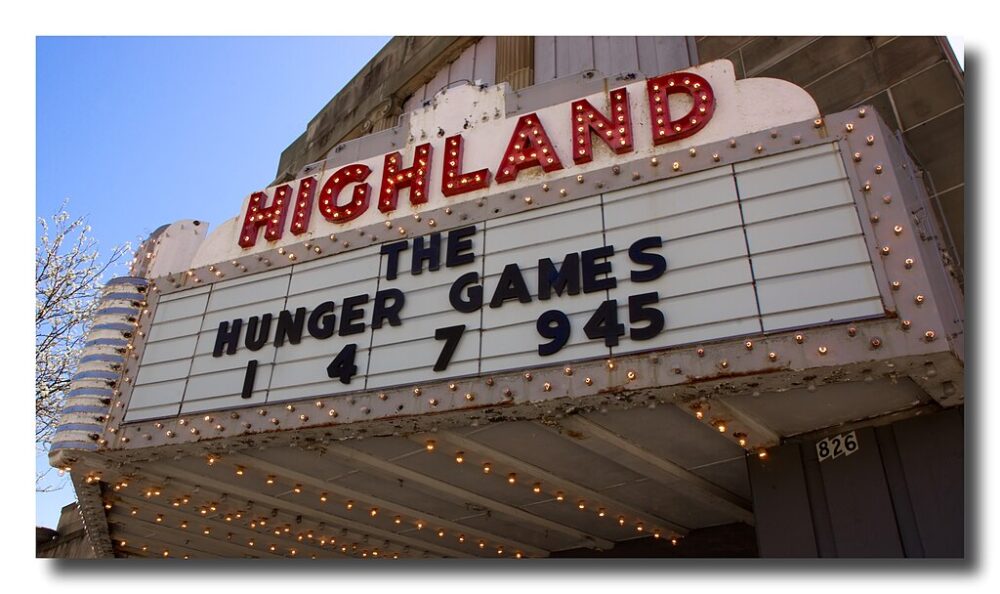
Katniss Everdeen’s journey wasn’t just a box office hit—it was a full-blown movement. The Hunger Games took the young adult genre and gave it teeth, proving you could tackle themes like government control, media manipulation, and class divide while still attracting a teen audience.
The franchise’s success triggered a flood of YA adaptations, though few matched its impact. It also elevated Jennifer Lawrence to superstardom and redefined what a female-led action series could look like. Studios began actively seeking gritty, grounded heroines with real agency—and audiences were hungry for more.
8. Jurassic Park showed that CGI could create movie magic.

When Steven Spielberg unleashed Jurassic Park in 1993, moviegoers didn’t just watch dinosaurs—they believed in them. The mix of animatronics and early CGI was groundbreaking, and it opened the floodgates for special effects-heavy storytelling. Blockbusters would never look the same again.
The franchise also helped solidify the idea that intellectual properties could be evergreen. New sequels and reboots continue to tap into the original’s nostalgia, while the legacy of that first jaw-dropping T. rex scene echoes through every effects-heavy film that followed. Dinosaurs plus cutting-edge tech? Instant Hollywood classic.
9. The Matrix rewired action cinema and pop culture aesthetics.
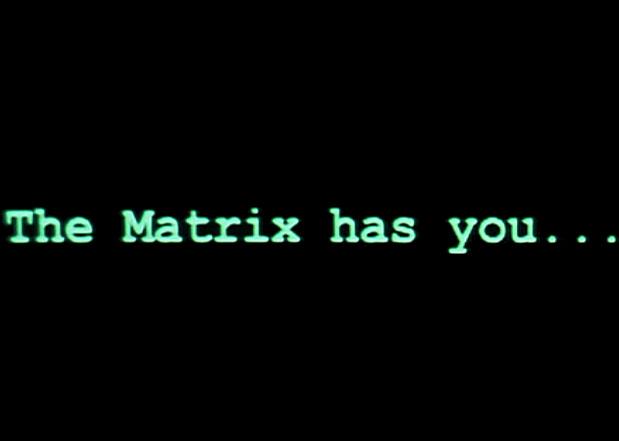
Neo dodging bullets. Black trench coats. Slow-motion martial arts. The Matrix didn’t just entertain—it changed the visual language of action movies. Its blend of philosophy, cyberpunk, and cutting-edge effects made it a landmark, and the “bullet time” sequences became instantly iconic.
More than just style, The Matrix invited audiences to question reality in a way that few blockbusters had done. Its influence spread to everything from video games to fashion, and it proved that smart, stylish action could find a massive audience. Hollywood took notes, and we’re still seeing echoes of its impact today.
10. The Avengers broke the box office and proved shared universes work.

When The Avengers hit in 2012, it was the payoff for years of Marvel setup—and it delivered in a big way. No one had seen anything quite like it: multiple superheroes, each with their own films, teaming up in a single epic. It shattered records and set a new gold standard for franchise synergy.
Beyond the money, The Avengers proved audiences were willing to follow complex, interconnected storylines across years and films. Studios began plotting their own cinematic universes, hoping for similar success. Few managed to match Marvel’s magic, but the influence is undeniable. It wasn’t just a crossover—it was a cultural shift.
